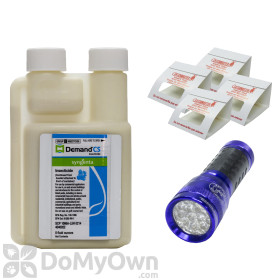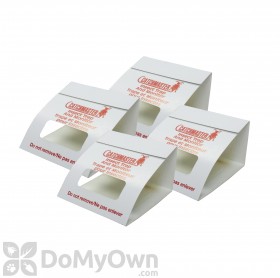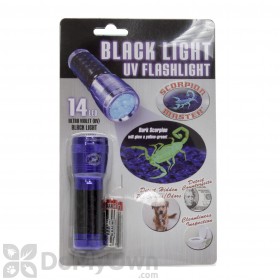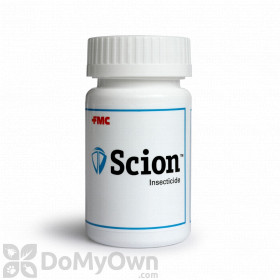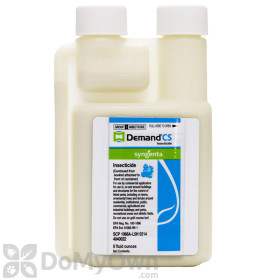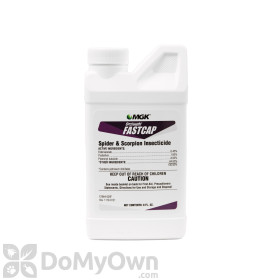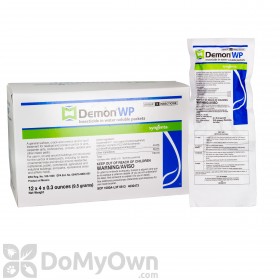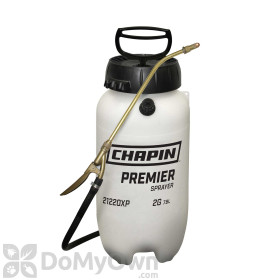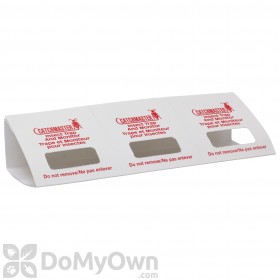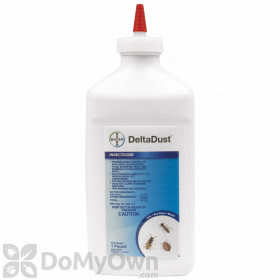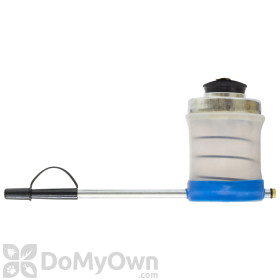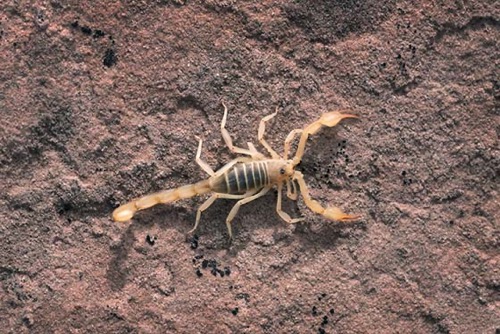
Scorpions hide during the day and emerge at night in search of food and water. They generally shy away from people, but can sting if agitated.
Read this guide to learn how you can perform your own DIY scorpion treatment.
Treat for Scorpions
By making your property unappealing to scorpions, you are also reducing the chance they will get inside your home. Scorpions themselves are hard to kill unless you make direct contact with the pests themselves. Instead, you will want to treat your property for the small insects scorpions prey on, like crickets and spiders. Scorpions are less likely to live on your property if they cannot find a food source.
DoMyOwn has created a kit containing the products you will need to treat your home and yard for scorpions. Purchase the Scorpion Control Kit here. Read below to learn how to use each product.
Products needed for Step 1
Find Scorpions with an Ultraviolet Flashlight
Use the Scorpion UV Flashlight included in the scorpion kit to find scorpions around and inside your home in the dark. Refer to our Scorpion Inspection Guide for further instructions on where to look for scorpions.
Products needed for Step 1A
Use Insecticide Outside
To treat your property for scorpions, select an insecticide labeled for scorpions and their prey, such as Demand CS. Other insecticides labeled for scorpions include Onslaught FastCap and Demon WP.
Mix the insecticide of your choice with water in a sprayer. Read the label of your insecticide to determine how much product and water you will need. After filling the sprayer with insecticide and water, replace the cap and vigorously shake your sprayer to thoroughly mix your solution.
Be sure to wear long sleeves and gloves when mixing and spraying chemicals.
Use your insecticide and water mixture to create a barrier around the foundation of your home or structure. Check the label of your insecticide to determine how high up and out you can spray your solution. In most cases, you can spray 4-10 feet out from the base of your foundation and 3 feet up the side of your building from the base of your foundation.
Watch the video below for a demonstration of a barrier treatment.
Products needed for Step 1B
Use Insecticide Inside

To control a scorpion infestation in your home or office, begin with an insecticide treatment. Choose an insecticide labeled for scorpions and indoor use, such as Demand CS, and mix in a sprayer according to the instructions in Step 1B. Then, spot treat the following areas in the building:
- The corners of rooms
- Under appliances
- Behind toilets
- Under sinks
- Along the walls and corners of garages and basements
- Around door and window frames
- In cracks and crevices
Do not blanket spray your insecticide, instead, apply to cracks, crevices, and voids where scorpions could be hiding. Consult the label of your insecticide for how often you will need to re-treat. Areas with high heat (90 degrees F and hotter) and lots of direct sunlight will require re-treating more often than shaded, cooler areas.
If you find a live scorpion inside your home you can spray it directly with insecticide. If you choose to release the scorpion outside, be sure to wear heavy work gloves and use a container to carry the scorpion to avoid being stung.
Use Glue Boards to Monitor an Infestation

Glue traps are a simple way to catch scorpions and their food sources. They also allow you to monitor the infestation. As you treat, you should see less insects and scorpions on your glue traps. If you are still seeing activity after 21 days, repeat Steps 1B and 1C.
Place glue traps in garages, closets, and anywhere scorpions have been spotted.
Products needed for Step 1D
(Optional) Use Insecticide Dust for Hard to Reach Areas
In addition to treating your home with an insecticide spray, you can treat the cracks and crevices of your home or structure with an insecticide dust, like Delta Dust. Insecticide dust is long-lasting and great for treating hard to reach areas, but provides a slow kill, which is why we advise you to use it in addition to a liquid insecticide. Some dusts are waterproof, eliminating the need to reapply after rain or snow. Read the label of your insecticide dust for how often you will need to reapply.
Fill a bellow hand duster part-way with an insecticide dust labeled for use on scorpions. Dust the following areas of your home:
- Inside outlets
- Behind baseboards
- Inside cabinets
- In cracks and crevices
- In wall voids
Products needed for Step 2
If you're not sure if you have scorpions, read our guide on what scorpions look like before you treat. After treatment, follow our advice on how to keep scorpions away from your home to prevent an infestation from reoccurring.




